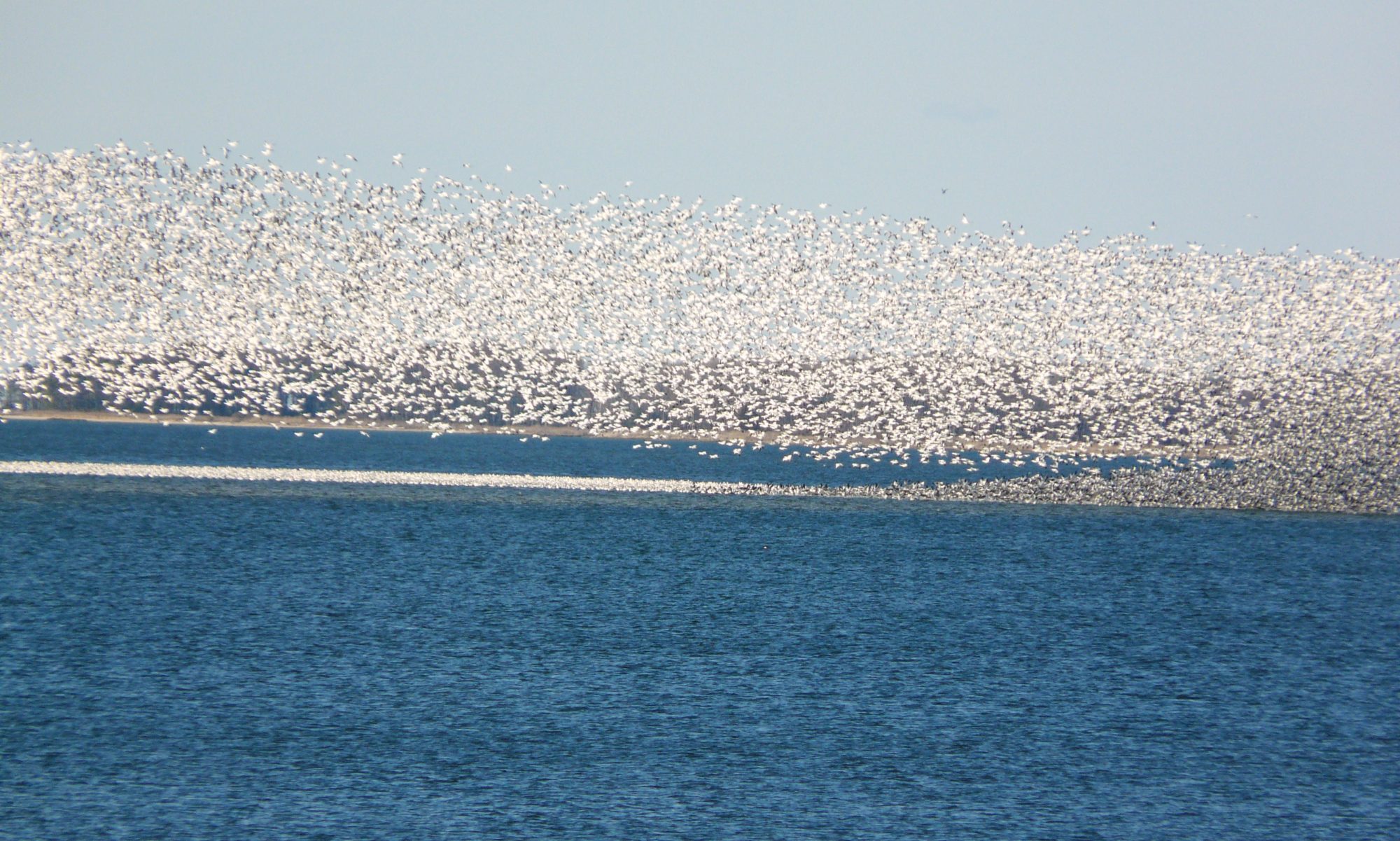Do you feel more down in the dumps in the winter? Less energy? Just want to curl up on the sofa and wait for spring? If so, you could be like many people who are affected by Seasonal Affective Disorder (SAD). The causes for feeling this way in the winter could be due to the reduced amount of daylight hours and a reduced amount of time and exposure you (and your skin) are in sunlight. We spend more time indoors and, when outside, we are covered in coats, gloves, hats, and scarves.
According to the Mayo Clinic, three things may be the cause.
- Your biological clock (circadian rhythm) is disrupted. The reduced level of sunlight in fall and winter may cause winter-onset SAD. This decrease in sunlight may disrupt your body’s internal clock and lead to feelings of depression.
- Serotonin levels. A drop in serotonin, a brain chemical (neurotransmitter) that affects mood, might play a role in SAD. Reduced sunlight can cause a drop in serotonin that may trigger depression.
- Melatonin levels. The change in season can disrupt the balance of the body’s level of melatonin, which plays a role in sleep patterns and mood.
The negative effects of SAD will often increase as the winter season progresses and tend to dissipate as the days get longer in the Spring.
The good news is there are three potential treatments:
- Use a light box. Talk with your doctor about which one is right for you. They are normally fairly inexpensive and you will want to use it when you get up in the morning. It may take a few days to start feeling a difference.
- Talk with a psychotherapist about your symptoms (this is where I can help).
- Talk with your doctor about potential medications.
If you want more information or to schedule an appointment, please call River Bay Behavioral Health at (443) 775-0126 or go to Riverbaybehavioralhealth.com.
